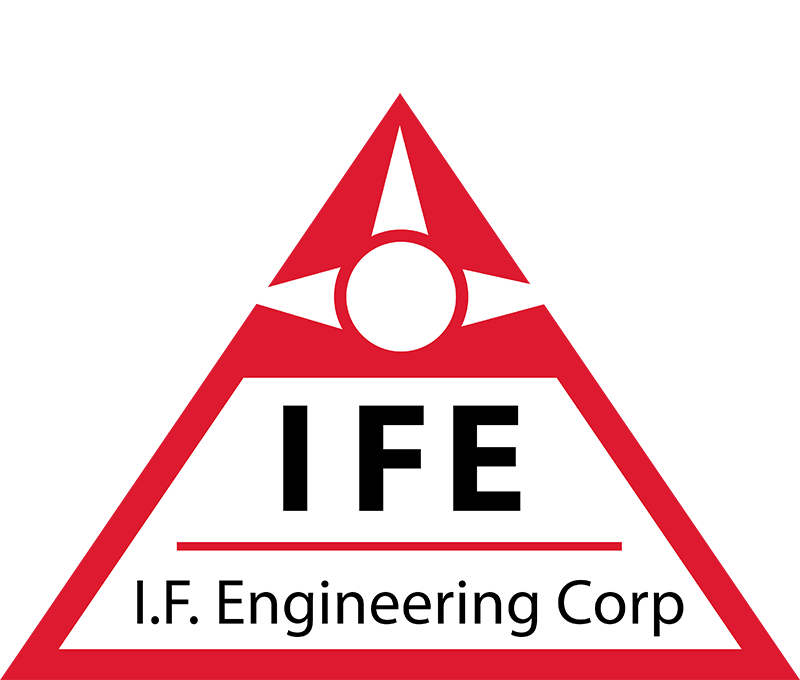Parallel Gap Welding
Gap Welding is the process of bonding together two parts by placing both electrodes against the same surface on just one part. The weld current flows from one electrode, through the top part, and partially into the bottom part. It then returns to the power supply via the second electrode.
Why:
- Gap Welding may be the only viable bonding method when electrode access can only access one part or the part materials preclude the use of pulsed YAG laser welding.
- Resistance and ultrasonic processes can be superior to soldering when it comes to joining dissimilar materials in micro-components.
- The parallel gap welding is also useful when it comes to welds electrically passive parts like steel alloys and nickel, these can be welded with the same kind of alloys in case the thickness of the upper part is not more than that of 0.15 mm without having concerns of geometry.
Advantages:
- In-process monitoring for quality assurance
- Reduced cycle time
- Improved joint reliability
Applications:
- Battery packs
- Medical or automotive
- Sensor wires to PCBs
- Solar cells
- Hybrid or microwave circuitry
- Thin or thick film substrate
- Potentiometers and other miniature components
- Semi-rigid substrates
- Fine-line printed circuit trace repair

